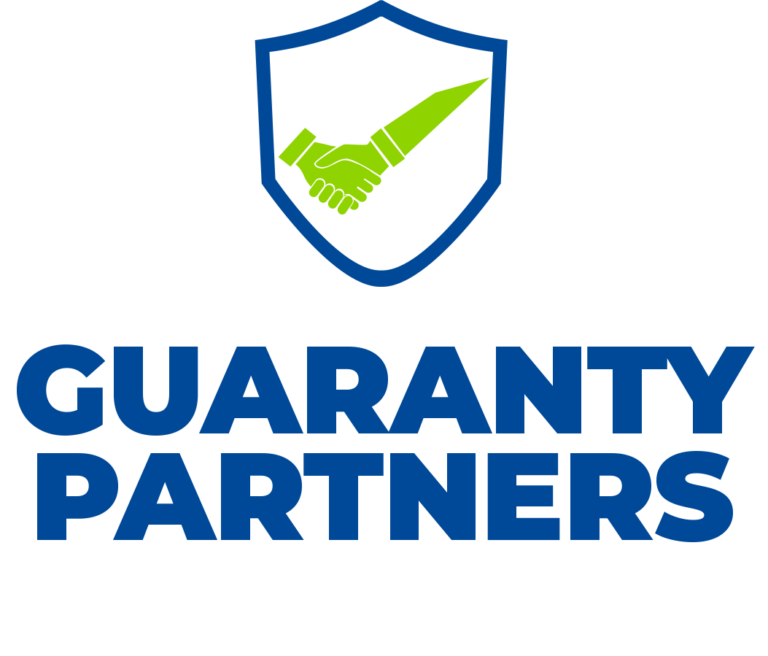Siemens SIMATIC S7-300/-400 PLC Automation Training Course
Course Fee:
Upon completing this SIMATIC S7300-400 PLC Automation course successfully, participants will be able to:
• Configure parametrize, communicate, direct and commission a Totally Integrated Automation System
• Program, document, check, test and troubleshoot a structured STEP7 program
• Program using absolute and symbolic addressing
• Use core and essential application instructions to program Organization Blocks (OBs), Function Blocks (FBs), Function Calls (FCs) and library blocks
• Program using binary, digital and analog processing
• Create and use data blocks
• Create and call reusable blocks by engaging and employing parameter-passing techniques
• Cross-reference where and how addresses are used, program call structure, and comparing online to offline programs
Course Content
Using SIMATIC Manager
• Creating, deleting, saving, archiving, and retrieving an S7 Project
• Managing an S7 Project
• Configuring and Setting the PG/PC Interface: MPI, PROFIBUS, AUTO, Ethernet
• Online Connection using “Accessible Nodes”
Configuring the Hardware system
• Configuring, parametrizing, and commissioning a Totally Integrated Hardware System including an S7300 rack and remote IO rack
• Module Addressing
• Variable Tables and the Force Table
Introduction to Programming
• Organization Blocks (OBs), System Function Calls (SFCs), System Function Blocks (SFBs), Function Calls (FCs), Function Blocks (FBs) & Data Blocks (DBs)
• Concept of Structured Programming
• S7 Addressing for inputs, outputs and memory
• The Programming Editor (LAD/STL/ FBD)
• Producing, programming, debugging, downloading and monitoring a code Block
• Use of Ladder, Function Block Diagram (FBD), and STL Languages
Basic Troubleshooting Concepts
• System detected vs Functional errors
• SIMATIC Diagnostic and Debugging Tools
• Basic hardware and software troubleshooting concepts
• Interpreting Faults in the Diagnostic Buffer
• Opening a Block Containing an Error
Symbolic Addressing
• Absolute and Symbolic Addressing
• Defining and changing Symbols in the Symbol Table, Hardware Configuration and Programming Editor
Data Blocks
• Constructing, populating, managing, addressing and monitoring Data Blocks (DBs)
• Using Elementary, Complex, Parameter, and User Defined Data Types in STEP 7
• Initial Value, Actual Value, Initialization, Retentively
• Addressing and Accessing Data Elements
• Example of a Structure
Binary Operations
• Use of Binary Logic Operations: AND, OR, Exclusive OR (XOR)
• Assignment, Midline, Set, and Reset Coils
• Set/Reset Flip Flops
• Result of Logic Operation (RLO) & Signal Edge Detection (one shots)
Introduction to Statement List (STL)
• Status of the Bit (STA) & Result of Logic Operation (RLO)
• Applying STL Instructions: And, OR, XOR, Positive & Negative Pulses
• Data Storage in the Accumulators
• Monitoring STL code
Digital Operations in (Lad, FBD, STL)
• Basic Mathematical Functions
• Comparison Operations
• Conversion Operations
• Type Checking in LAD/FBD
• SIMATIC Timers
• Comparison Operations
• Basic Mathematical Functions
• Digital Logic Operations
Reference Data Tools
• Go to Location Tool
• Reference Data Tool
• Finding, filtering, sorting data
• Assignment of I, Q, M, T, C
• Program Structure and Dependency Structure
• Unused Symbols / Addresses without Symbols
• Comparing Blocks online/offline, project1/project2
Reusable Blocks
• Local Variables and the block interface area
• Block Usage of the Local Data Stack
• Reusable (Parameter-Assignable) Blocks
• Function Blocks and Instance Data Blocks
• Altering the block interface and updating the call of a Reusable Block
• Checking Program Block Consistency
Analog Value Processing
• Analog <-> Digital Converting Modules
• Physical Analog Module Set-up
• Configuring Analog Modules in S7
• Analog Measuring Ranges
• Scaling Analog Input Values
Organization Blocks
• Overview of the Organization Blocks (OBs)
• Startup, cyclic, diagnostic, and hardware interrupt OBs
• OB Start Information
• Synchronous and Asynchronous Error OBs
• System Functions for Controlling Interrupt OBs
• Exercise: Displaying the Startup Type (OB100)
Maintenance
• Replacing the Backup Battery
• Replacing a Power Supply Module
• Replacing CPUs
• Replacing Digital or Analog Modules
• Changing the Fuses in the Digital Modules
• Replacing Interface Modules
• Replacing the Fuse of the Fan Subassembly
• Changing Fans in the Fan Subassembly During Operation
• Switching the Filter Frame of the Fan Subassembly whilst in operation
• Supplanting the Power Supply PCB and Monitoring PCB of the Fan Subassembly
Methodology
The training methodology integrates lectures, interactive discussions, collaborative group exercises, and illustrative examples. Participants will acquire a blend of theoretical insights and hands-on practical experience, emphasizing the application of learned techniques. This approach ensures that attendees return to their professional environments equipped with both the competence and self-assurance to effectively implement the acquired skills in their responsibilities.
DATE:
1ST BATCH: 10th – 13th Feb, 2026
2ND BATCH: 2nd – 5th Jun, 2026
3RD BATCH: 28th – 30th Sept, 2026
Course Category
- Human Resource and Admin
- Finance and Accounting
- Internal Audit and Fraud Control
- Stores, Procurement and Supply Chain
- Information Technology
- Aviation and Maritime
- Banking, Investment and Insurance
- Business Communication
- Construction Management & Civil Engineering
- Engineering, Instrumentation and Maintenance
- Entrepreneurship and Business
- Hotel & Hospitality Management
- Law and Contract Management
- Management and Leadership
- Project Management
- Public Relations
- Public Sector
- Sales, Marketing & Customer Service
- Secretaries & Personal Assistants
- Transport & Logistics
- Security and Safety
More Courses
VENUE
25, Queen street, Alagomeji Bus Stop, Yaba, Lagos








